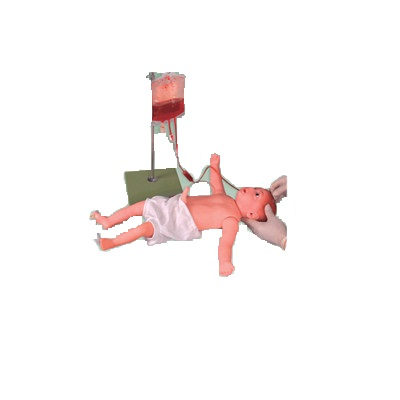22-05-2024
ADA MED SUPPLY LIMITED
The development trend of infant systemic venipunction model in future medical education will undoubtedly evolve along with the renewal of medical education concept and technological progress. The following is a detailed discussion of its future development trend:

First of all, with the increasing emphasis on practicality and operability in medical education, infant systemic venipunction model will play a more important role. This model can provide a highly simulated operating environment, so that medical students can be familiar with and master the skills and points of venipuncture in simulated practice. Therefore, future medical education is likely to increase investment and research and development in such simulation teaching tools to provide richer and more realistic practical opportunities.
Secondly, with the continuous progress of science and technology, the function and performance of infant systemic venipunction model will also be further improved. For example, by introducing advanced sensing technology and intelligent algorithms, the model can simulate more realistic physiological responses and pathological states, providing medical students with a practice environment closer to clinical practice. In addition, the model can also integrate electronic displays and feedback systems to display medical students' operational processes and results in real time, and provide targeted guidance and suggestions to help them master and improve their skills faster.
In addition, with the rise of distance education and online learning, infant systemic venipentesis model will also face new development opportunities. By developing an online simulation teaching platform, medical students can practice and learn venipunction at home or other remote locations. This will greatly expand the space and time of medical education and improve the utilization efficiency of educational resources.
Finally, medical education in the future may pay more attention to interdisciplinary and comprehensive training. Infant venipentesis model can not only be used in the teaching of nursing profession, but also can be combined with other medical fields such as pediatrics and anesthesiology to form an interdisciplinary teaching model. This teaching mode helps medical students to fully understand and master relevant knowledge and skills, and improve their comprehensive quality and practical ability.
To sum up, the development trend of infant systemic venipentesis model in future medical education will show diversified, intelligent and interdisciplinary characteristics. With the continuous progress of technology and the renewal of educational concepts, this model will play a more important role in medical education.